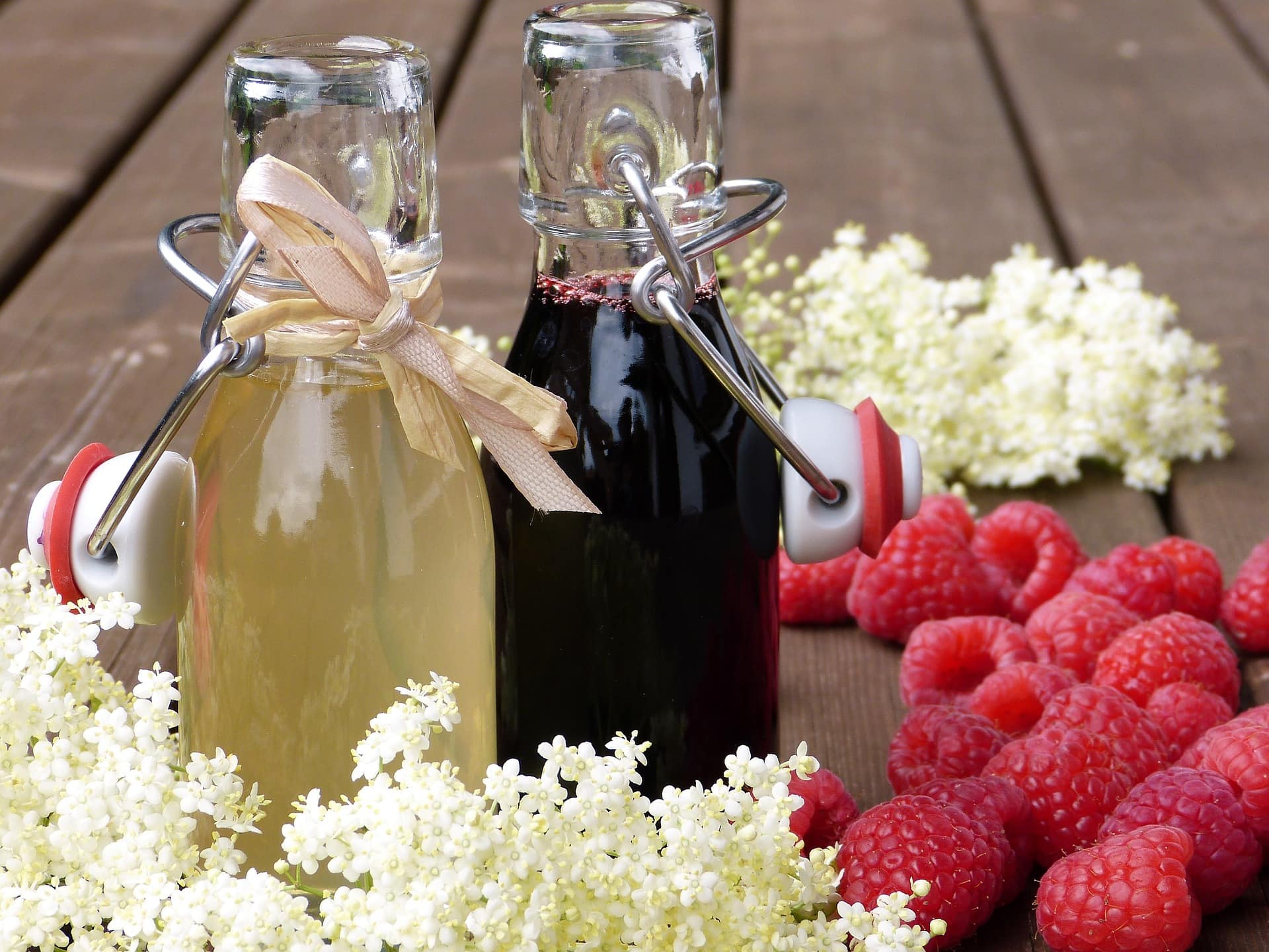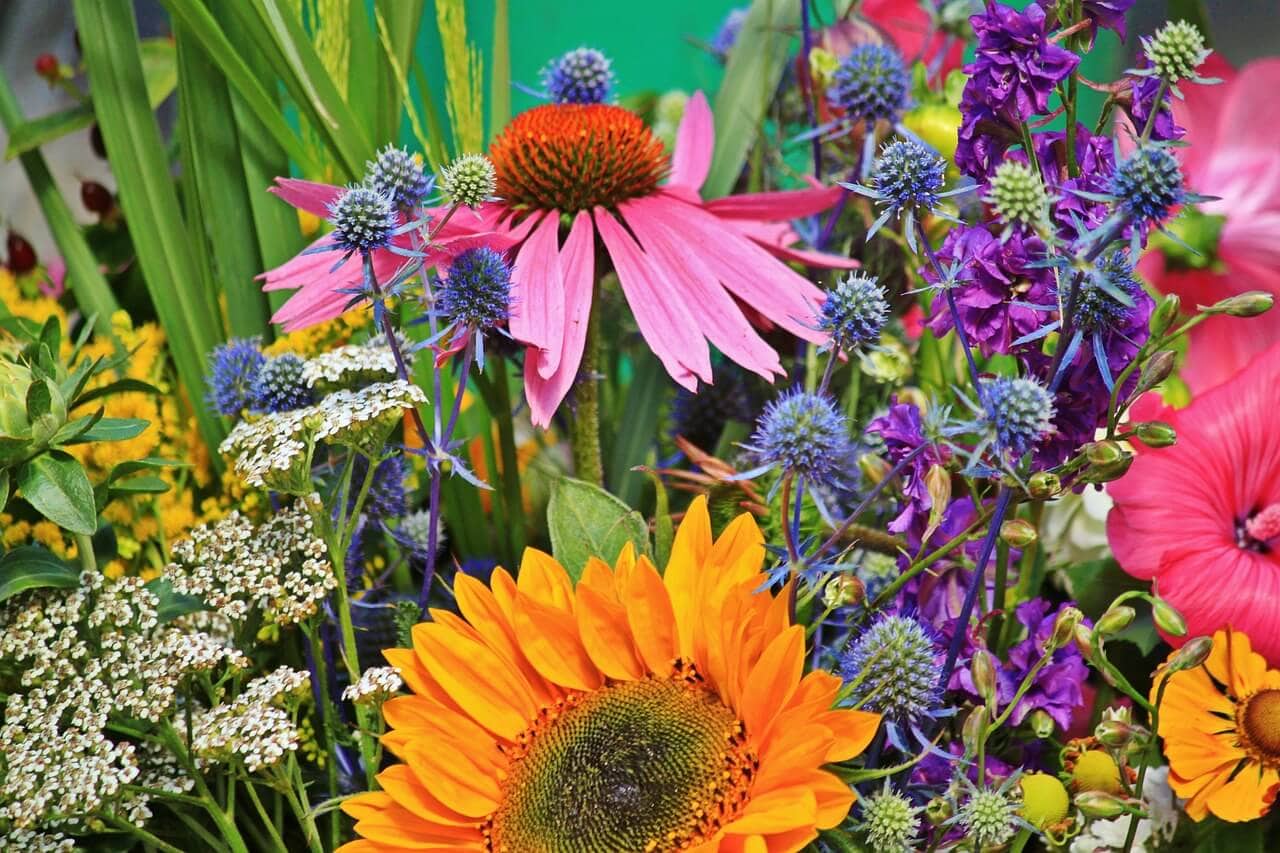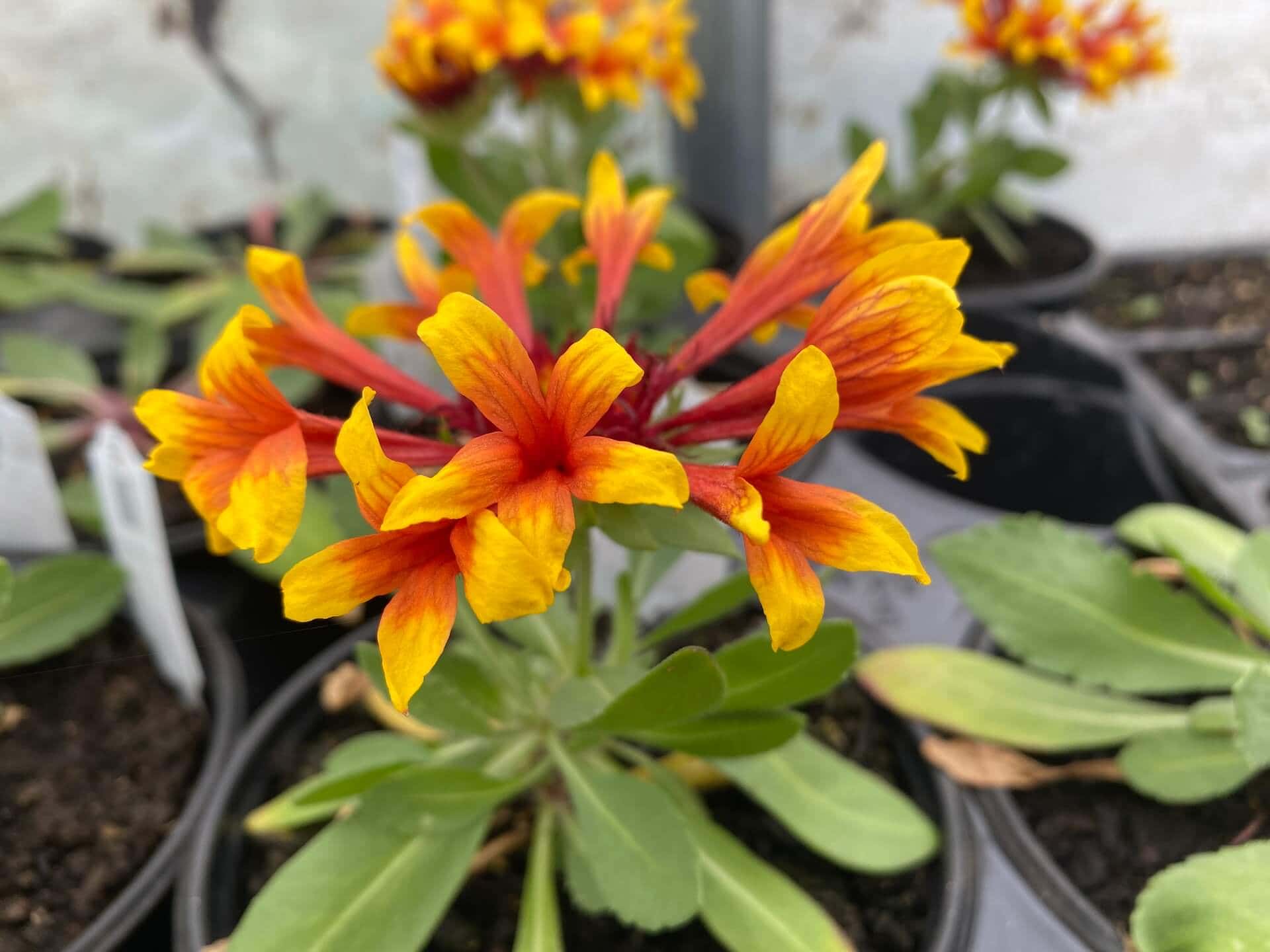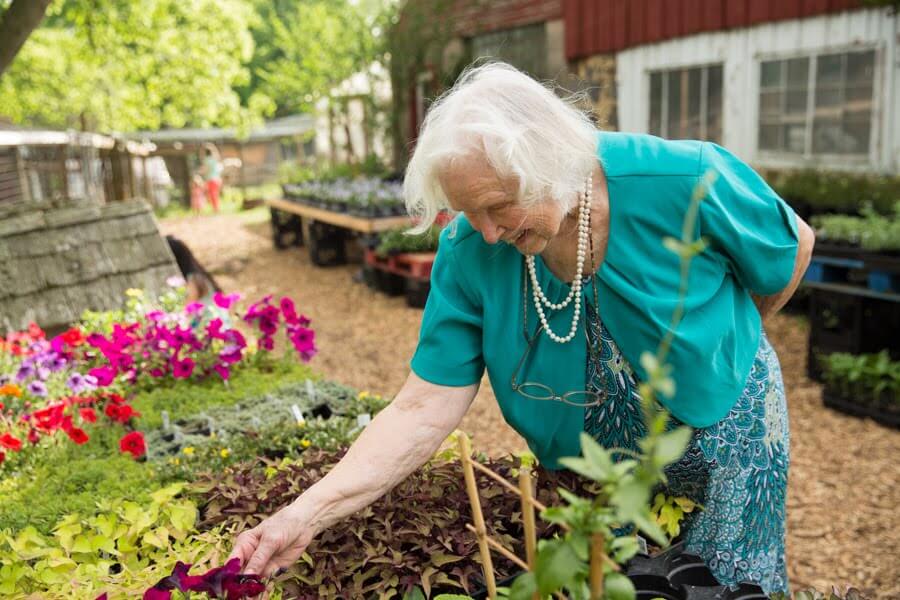This post may contain affiliate links. Probably doesn’t, but it might. It doesn’t cost you anything extra but if you use these links to buy something, we may earn a commission.
Edible flowers are flowers that are safe for people to consume. For all the pet owners, just because people can eat something does not mean it is safe for your cat or dog or parrot. Always check to be sure something is pet-safe. The ASPCA has a list of toxic and non-toxic plants for dogs, cats, and horses.
Edible flowers have been used for thousands of years, not just as decorative and elegant meal presentation, but for medicinal and nutritional needs as well. We are not exploring medical uses today!
If you like to forage in the wild for edible flowers, be certain of your identification. Just because bees can visit the flowers does not make them edible for humans. Also, make sure they are not next to a path where dogs or other animals might walk on or deposit gifts on the plants.
It is easy to grow plants and harvest your own flowers. That way you know they have not been sprayed with chemicals or marked by animals.
All herbs will develop flowers that are edible. The flowers have a slightly milder flavor than the herb leaves. You want flowers that are just fully open. If the blossoms are starting to decay, there is not much flavor and no point in collecting the flower.
If you are decorating with flowers, the flowers must be edible if they are touching food. Even if you or your guest do not plan to eat the flowers, the flowers need to be non-toxic.
Here are herbs and plants that produce great flowers for eating:
- arugula
- bachelor’s button
- basil
- borage
- buckwheat
- burnet
- calendula
- carnations
- chives
- cornflowers
- daisy
- dandelion
- elderberry
- forsythia
- garlic
- hibiscus
- impatiens
- jasmine
- lavender
- marigold
- mint
- nasturtium
- orchids
- oregano
- rose
- rosemary
- sage
- thyme
- violet, pansy
- wild garlic
- wild violas
- yarrow
- zucchini, yellow squash, patty pan squash
Pansies and zucchini flowers may be the two most frequently used edible flowers, but there are many different flowers and flavors. Pansies are sweet, and chives flowers have a spicy flavor. Fried chives flowers are delicious!

How do you use edible flowers?
Fresh, dried, raw, fried, turned into syrups or jellies, or preserved in vinegar or alcohol are the main avenues for flower use.
Herbed butter or salt is a popular use of herb flowers. Simply mix the flowers with softened butter or your favorite sea salt to have ready-to-use seasoning.
All of the flowers can be used as a garnish for soups, salads, sandwiches, entrees, cakes, cupcakes, or muffins. You can also freeze the blossom in an ice cube tray with water to add to drinks.
The flowers can be pulled apart and the petals separated to use for your garnish.
Floral Simple Syrup:
4 cups flowers (no leaves)
2 cups water
2 cups sugar/sweetener
Bring 2 cups of water and 2 cups of sugar to a boil, stirring constantly. Boil for 1 minute. Remove from heat, add flowers, let steep overnight. Strain through a cheesecloth or a fine strainer to remove all the flowers. Refrigerate. Use as a sweetener or a sauce over baked goods. Enjoy!
Simple syrups will keep for several months in the refrigerator.
Flower Butter:
Mix ½ to 1 cup flower petals, chopped or whole, with 1 pound of softened butter. You can add some leaves as well if you want a stronger flavor. Allow the mixture to stand at room temperature overnight. Roll into a log, add additional petals on the outside of the log as needed. Refrigerate and use within two weeks or freeze for later use.
You can use a mix of flowers for color, size, and flavor variations.
Edible flowers take your meals to a gourmet level with little effort. Topping a salad with some flowers provides a colorful and elegant presentation. A bed of edibles for an entrée makes everyone sit up and take notice. Have fun with the flowers!
Be careful that there are no sprays on your flowers. Harvest when they are just opening to full size. Use the same day. If your edibles have stems long enough to keep in water, they will hold up for a few days. In general, you should try to harvest and use within 24 hours.

About Highland Orchards: Completely surrounded by suburbia, our small farm has been growing beyond expectations since 1832 in this location.
Growing a wide variety of fruits, vegetables, and flowers, Highland Orchards provides true “farm fresh” for the community all year. If you want to shake the hand of the farmer who grows for you, here is the farm! With plants in the ground or under cover in tunnels, we grow for every season. A family farm, we have three different generations involved in running the farm right now.
Come see us to eat fresh, eat local, and eat well!
Happy growing and happy eating!
~Ruth





